Author Archives: Guest Author
Author Archives: Guest Author

This is a guest post by Videet Parekh, Abelardo Lopez-Lagunas, Sek Chai at Latent AI.
Edge networks present a significant opportunity for Artificial Intelligence (AI) performance and applicability. AI technologies already make it possible to run compelling applications like object and voice recognition, navigation, and recommendations.
AI at the edge presents a host of benefits. One is scalability—it is simply impractical to send all data to a centralized cloud. In fact, one study has predicted a global scope of 90 zettabytes generated by billions of IoT devices by 2025. Another is privacy—many users are reluctant to move their personal data to the cloud, whereas data processed at the edge are more ephemeral.
When AI services are distributed away from centralized data centers and closer to the service edge, it becomes possible to enhance the overall application speed without moving data unnecessarily. However, there are still challenges to make AI from the deep-cloud run efficiently on edge hardware. Here, we use the term deep-cloud to refer to highly centralized, massively-sized data centers. Deploying edge AI services can be hard because AI is both computational and memory bandwidth intensive. We need to tune the AI models so the computational latency and bandwidth Continue reading
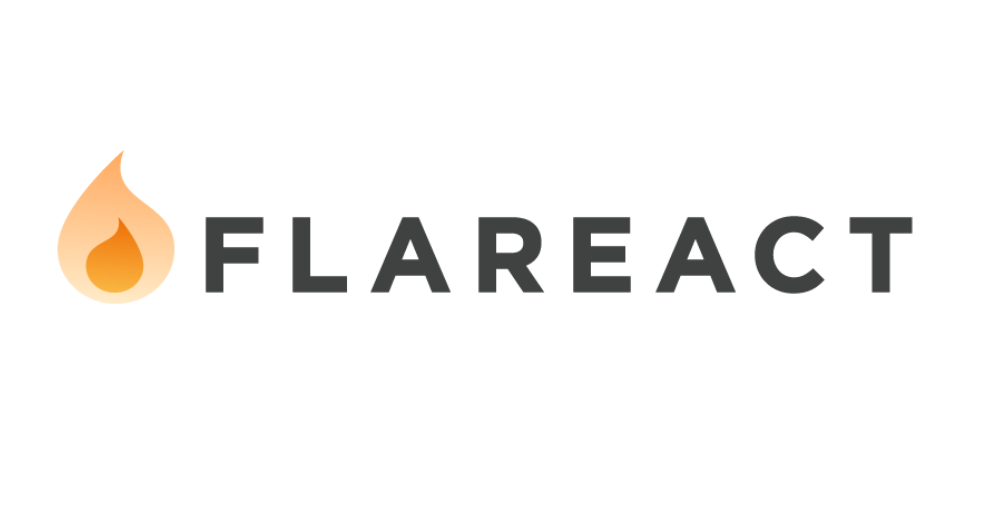
The following is a guest post from Josh Larson, Engineer at Vox Media.
Imagine you’re the maintainer of a high-traffic media website, and your DNS is already hosted on Cloudflare.
Page speed is critical. You need to get content to your audience as quickly as possible on every device. You also need to render ads in a speedy way to maintain a good user experience and make money to support your journalism.
One solution would be to render your site statically and cache it at the edge. This would help ensure you have top-notch delivery speed because you don’t need a server to return a response. However, your site has decades worth of content. If you wanted to make even a small change to the site design, you would need to regenerate every single page during your next deploy. This would take ages.
Another issue is that your site would be static — and future updates to content or new articles would not be available until you deploy again.
That’s not going to work.
Another solution would be to render each page dynamically on your server. This ensures you can return a dynamic response for new or updated articles.

This is a guest post by Marc Campbell and Grant Miller, co-founders of Replicated.

Replicated is a 5-year old infrastructure software company working to make it easy for businesses to install and operate third party software. We don’t want you to have to send your data to a multi-tenant SaaS provider just to use their services. Our team is made up of twenty-two people distributed throughout the US. One thing that’s different about Replicated is our developers don’t actually store or execute code on their laptops; all of our development happens on remote instances in the cloud.
Our product, KOTS, runs in Kubernetes and manages the lifecycle of 3rd-party applications in the Kubernetes cluster. Building and validating the product requires a developer to have access to a cluster. But as we started to hire more and more engineers it became ridiculous to ask everyone to run their own local Kubernetes cluster. We needed to both simplify and secure our setup to allow every engineer to run their environment in the cloud, and we needed to do it in a way which was seamless and secure.
We started with each developer building Continue reading

This is a guest post by Steve Crocker of Shinkuro, Inc. and Bill Duvall of Consulair. Fifty years ago they were both present when the first packets flowed on the Arpanet.
On 29 October 2019, Professor Leonard (“Len”) Kleinrock is chairing a celebration at the University of California, Los Angeles (UCLA). The date is the fiftieth anniversary of the first full system test and remote host-to-host login over the Arpanet. Following a brief crash caused by a configuration problem, a user at UCLA was able to log in to the SRI SDS 940 time-sharing system. But let us paint the rest of the picture.
The Arpanet was a bold project to connect sites within the ARPA-funded computer science research community and to use packet-switching as the technology for doing so. Although there were parallel packet-switching research efforts around the globe, none were at the scale of the Arpanet project. Cooperation among researchers in different laboratories, applying multiple machines to a single problem and sharing of resources were all part of the vision. And over the fifty years since then, the vision has been fulfilled, albeit with some undesired outcomes mixed in with the enormous benefits. However, in this blog, we Continue reading

This is a guest post by Dimitris Koutsourelis and Alexis Dimitriadis, working for the Security Team at Workable, a company that makes software to help companies find and hire great people.
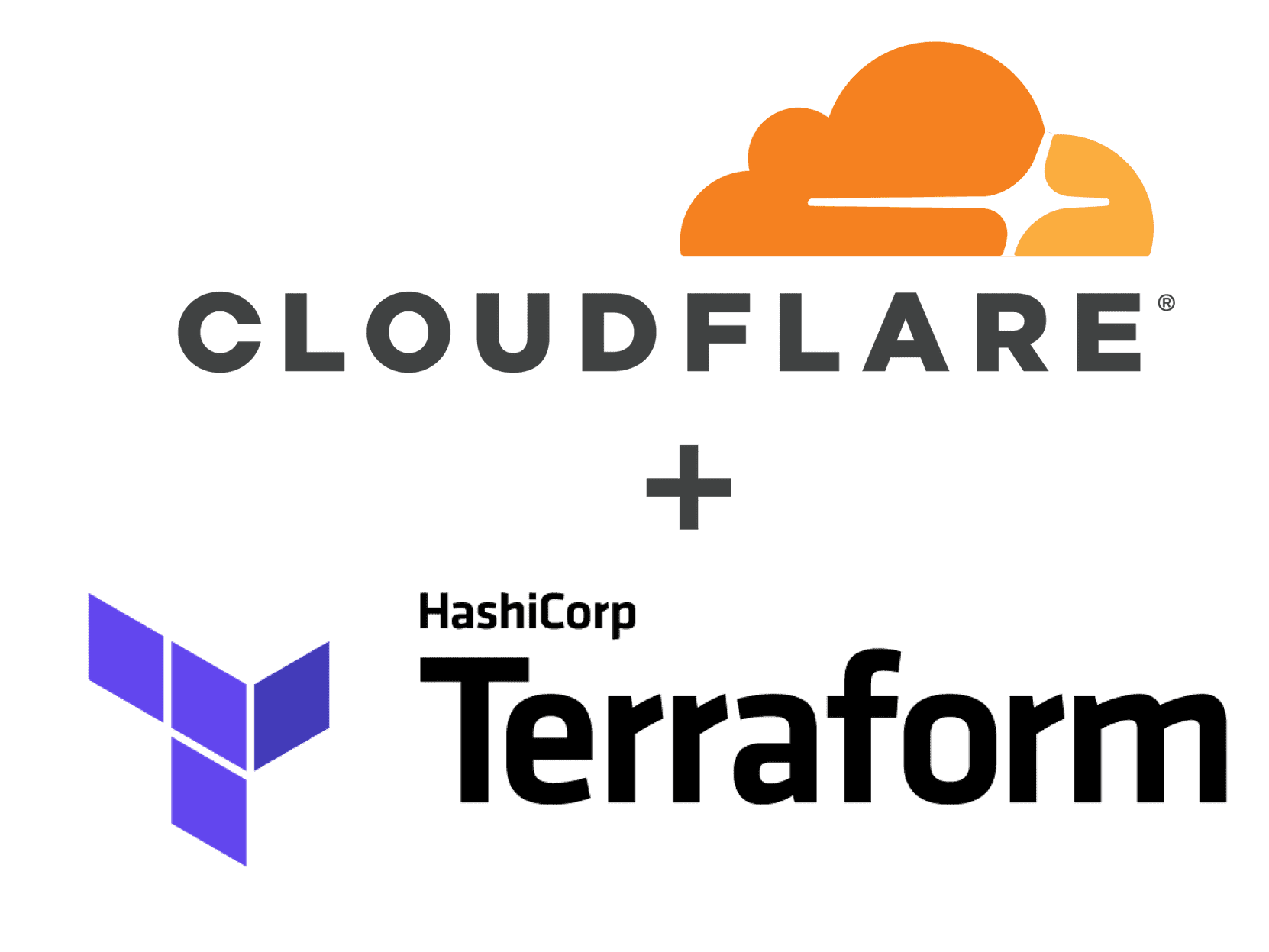
This post is about our introductive journey to the infrastructure-as-code practice; managing Cloudflare configuration in a declarative and version-controlled way. We’d like to share the experience we’ve gained during this process; our pain points, limitations we faced, different approaches we took and provide parts of our solution and experimentations.
Terraform is a great tool that fulfills our requirements, and fortunately, Cloudflare maintains its own provider that allows us to manage its service configuration hasslefree.
On top of that, Terragrunt, is a thin wrapper that provides extra commands and functionality for keeping Terraform configurations DRY, and managing remote state.
The combination of both leads to a more modular and re-usable structure for Cloudflare resources (configuration), by utilizing terraform and terragrunt modules.
We’ve chosen to use the latest version of both tools (Terraform-v0.12 & Terragrunt-v0.19 respectively) and constantly upgrade to take advantage of the valuable new features and functionality, which at this point in time, remove important limitations.
Our set up includes Continue reading
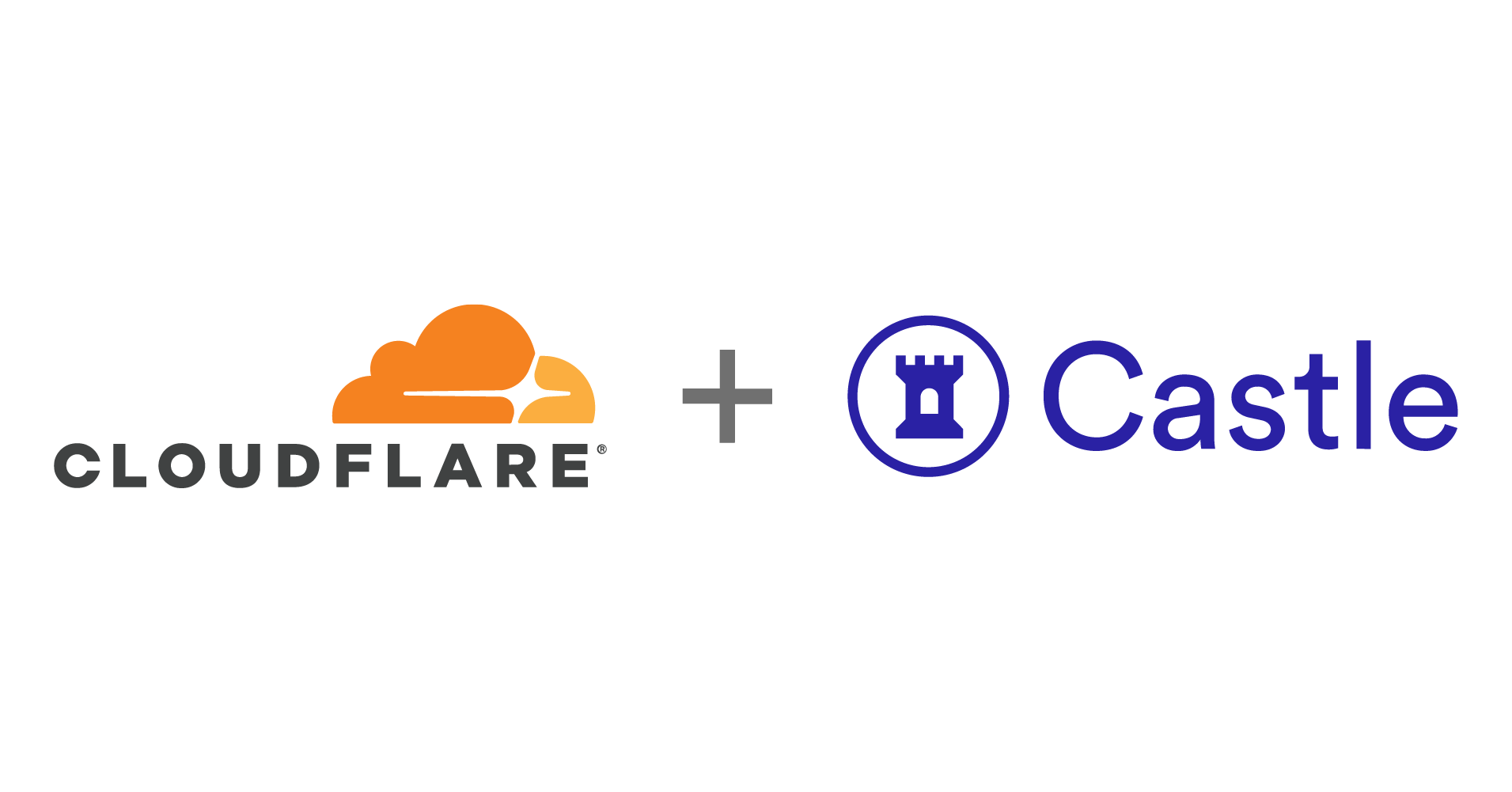

This is a guest post by Johanna Larsson, of Castle, who designed and built the Castle Cloudflare app and the supporting infrastructure.
Strong security should be easy.
Asking your consumers again and again to take responsibility for their security through robust passwords and other security measures doesn’t work. The responsibility of security needs to shift from end users to the companies who serve them.
Castle is leading the way for companies to better protect their online accounts with millions of consumers being protected every day. Uniquely, Castle extends threat prevention and protection for both pre and post login ensuring you can keep friction low but security high. With realtime responses and automated workflows for account recovery, overwhelmed security teams are given a hand. However, when you’re that busy, sometimes deploying new solutions takes more time than you have. Reducing time to deployment was a priority so Castle turned to Cloudflare Workers.
When security is no longer optional and threats are not black or white, security teams are left with trying to determine how to allow end-user access and transaction completions when there are hints of risk, or when not all of the information is available. Continue reading

This is a guest post by Aanchal Malhotra, a Graduate Research Assistant at Boston University and former Cloudflare intern on the Cryptography team.

Cloudflare has always been a leader in deploying secure versions of insecure Internet protocols and making them available for free for anyone to use. In 2014, we launched one of the world’s first free, secure HTTPS service (Universal SSL) to go along with our existing free HTTP plan. When we launched the 1.1.1.1 DNS resolver, we also supported the new secure versions of DNS (DNS over HTTPS and DNS over TLS). Today, as part of Crypto Week 2019, we are doing the same thing for the Network Time Protocol (NTP), the dominant protocol for obtaining time over the Internet.
This announcement is personal for me. I've spent the last four years identifying and fixing vulnerabilities in time protocols. Today I’m proud to help introduce a service that would have made my life from 2015 through 2019 a whole lot harder: time.cloudflare.com, a free time service that supports both NTP and the emerging Network Time Security (NTS) protocol for securing NTP. Now, anyone can get Continue reading

This is a guest post by Aanchal Malhotra, a Graduate Research Assistant at Boston University and former Cloudflare intern on the Cryptography team.

Cloudflare has always been a leader in deploying secure versions of insecure Internet protocols and making them available for free for anyone to use. In 2014, we launched one of the world’s first free, secure HTTPS service (Universal SSL) to go along with our existing free HTTP plan. When we launched the 1.1.1.1 DNS resolver, we also supported the new secure versions of DNS (DNS over HTTPS and DNS over TLS). Today, we are doing the same thing for the Network Time Protocol (NTP), the dominant protocol for obtaining time over the Internet.
This announcement is personal for me. I've spent the last four years identifying and fixing vulnerabilities in time protocols. Today I’m proud to help introduce a service that would have made my life from 2015 through 2019 a whole lot harder: time.cloudflare.com, a free time service that supports both NTP and the emerging Network Time Security (NTS) protocol for securing NTP. Now, anyone can get time securely from all our datacenters in Continue reading

This is a guest post by Jim “Elwood” O’Gorman, one of the maintainers of Kali Linux. Kali Linux is a Debian based GNU/Linux distribution popular amongst the security research communities.

Kali Linux turned six years old this year!
In this time, Kali has established itself as the de-facto standard open source penetration testing platform. On a quarterly basis, we release updated ISOs for multiple platforms, pre-configured virtual machines, Kali Docker, WSL, Azure, AWS images, tons of ARM devices, Kali NetHunter, and on and on and on. This has lead to Kali being trusted and relied on to always being there for both security professionals and enthusiasts alike.
But that popularity has always led to one complication: How to get Kali to people?
With so many different downloads plus the apt repository, we have to move a lot of data. To accomplish this, we have always relied on our network of first- and third-party mirrors.
The way this works is, we run a master server that pushes out to a number of mirrors. We then pay to host a number of servers that are geographically dispersed and use them as our first-party mirrors. Then, a number of third parties donate Continue reading

This is a guest post by Igor Krestov and Dan Taylor. Igor is a lead software developer at SALT.agency, and Dan a lead technical SEO consultant, and has also been credited with coining the term “edge SEO”. SALT.agency is a technical SEO agency with offices in London, Leeds, and Boston, offering bespoke consultancy to brands around the world. You can reach them both via Twitter.
With this post we illustrate the potential applications of Cloudflare Workers in relation to search engine optimization, which is more commonly referred to as ‘SEO’ using our research and testing over the past year making Sloth.
This post is aimed at readers who are both proficient in writing performant JavaScript, as well as complete newcomers, and less technical stakeholders, who haven’t really written many lines of code before.
Working with various clients and projects over the years we’ve continuously encountered the same problems and obstacles in getting their websites to a point of “technical SEO excellence”. A lot of these problems come from platform restriction at an enterprise level, legacy tech stacks, incorrect builds, and years of patching together various services and infrastructures.
As a team of Continue reading

This is a guest post by Tejas Dinkar, who is the Head of Engineering at Quintype, a platform for digital publishing. He’s continually looking for ways to make applications run faster and cheaper. You can find him on Github and Twitter.

TL;DR: Check out create-cloudflare-worker.
At Quintype, we are continually looking for new and innovative ways to use our CDN. Quintype moved to Cloudflare last year, partly because of the power of Cloudflare Workers. Workers have been a very important tool in our belt, and in this blog post we will talk a little bit about our worker development lifecycle.
Cloudflare Workers have drastically changed the way we architect and deploy things at Quintype. Quintype is a platform that powers many publishers, including many high volume ones like The Quint, BloombergQuint, Swarajya, and Fortune India. An average month sees hundreds of millions of page views come through our network.
Maintaining a healthy cache hit ratio is the key to scaling a content heavy app. Ensuring requests are served from Cloudflare is faster, and cheaper, as requests do not have to come through to an origin. We actively architect our apps to ensure that we Continue reading

This is a guest post by Jamie Mason, who is the Head of Test Servers at SamKnows. This post originally appears on the SamKnows Megablog.

We leveraged Cloudflare Workers to expand the SamKnows measurement infrastructure.
At SamKnows, we run lots of tests to measure internet performance. Actually, that’s an understatement. Our software is embedded on tens of millions of devices, and that number grows daily.

We measure performance between the user’s home and the internet, across dozens of metrics. Some of these metrics measure the performance of major video-streaming services, popular games, or large websites. Others focus on the more traditional ‘quality of service’ metrics: speed, latency, and packet loss.
In order to measure speed, latency, and packet loss, SamKnows needs test servers to carry out the measurements against. These servers should be relatively near to the user’s home - this ensures that we’re measuring solely the user’s internet connection (i.e. what their Internet Service Provider sells them) and not some external factor.
As a result, we manage high-capacity test servers all over the world. Some are donated by research groups, some we host ourselves in major data centers, and still others are run inside ISPs’ own networks.
Customers Continue reading
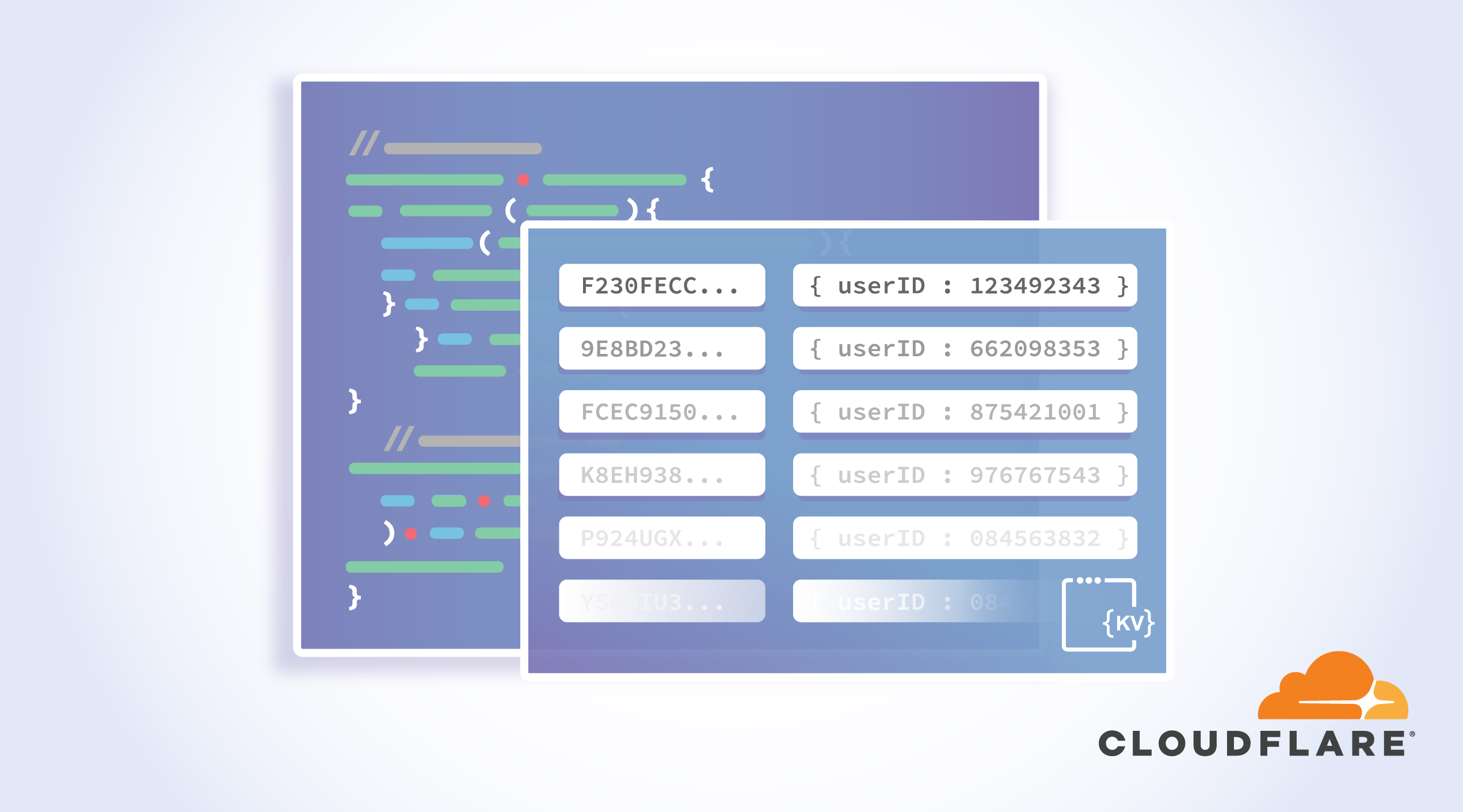
This is a guest post by Ben Chartrand, who is a Development Manager at Timely. You can check out some of Ben's other Workers projects on his GitHub and his blog.
At Timely we started a project to migrate our web applications from legacy Azure services to a modern PaaS offering. In theory it meant no code changes.
We decided to start with our webhooks. All our endpoints can be grouped into four categories:
Despite their limited number, these are vitally important. We did a lot of testing but it was clear we’d only really know if everything was working once we had production traffic. How could we migrate traffic?
Change the CNAME to point to the new hosting infrastructure. This is high risk. DNS takes time to propagate so, if we needed to roll back, it would take time. We would also be shifting over everything at once.
Use a traffic manager to shift a percentage of traffic using Cloudflare Load Balancing. We could start at, say, 5% traffic to the new infrastructure Continue reading
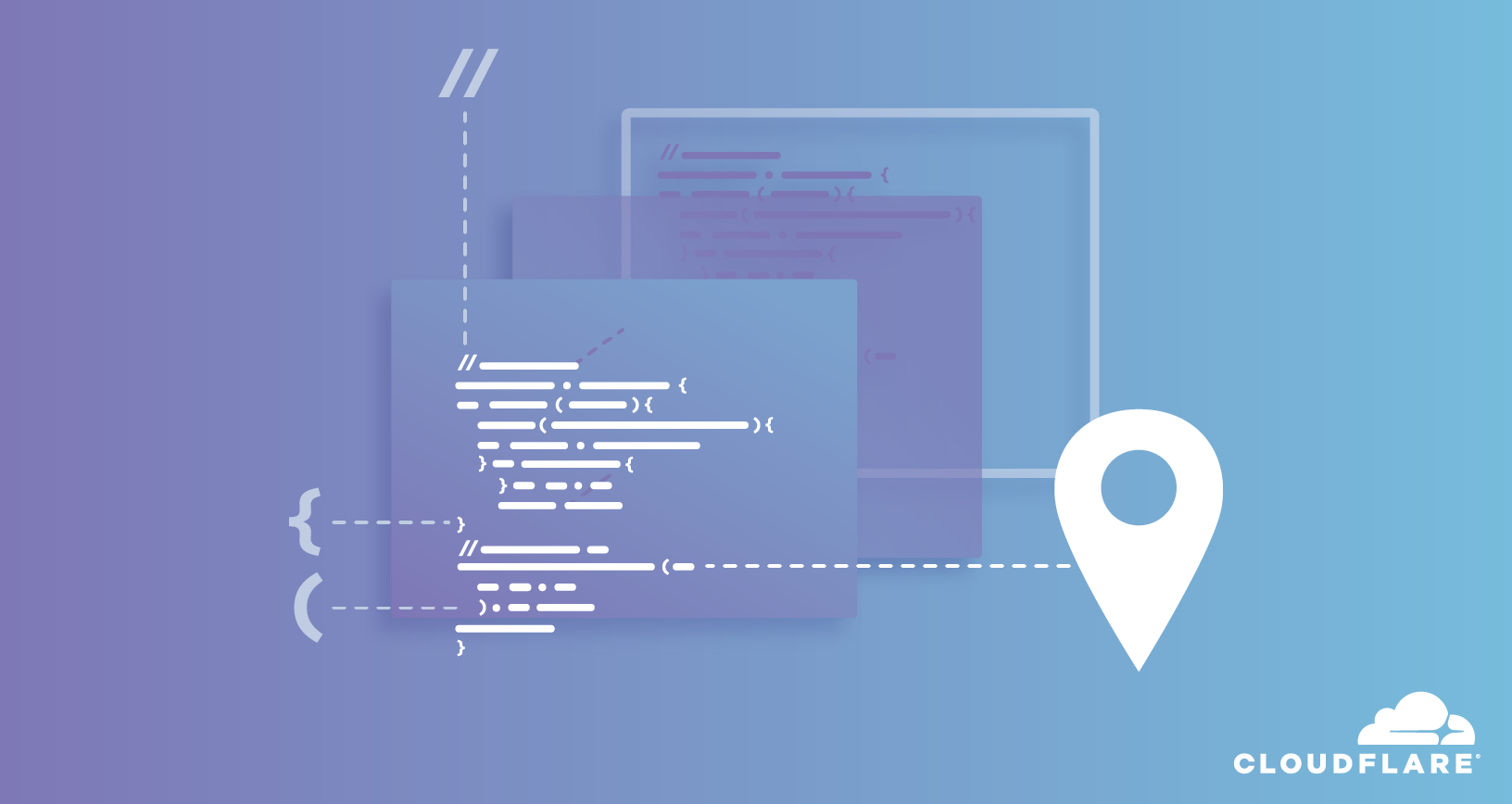
This is a guest post by Hank Jacobs, who is the Lead Software Engineer for Platform Services & Tools at Dollar Shave Club. This post originally appeared on the DSC Engineering blog.
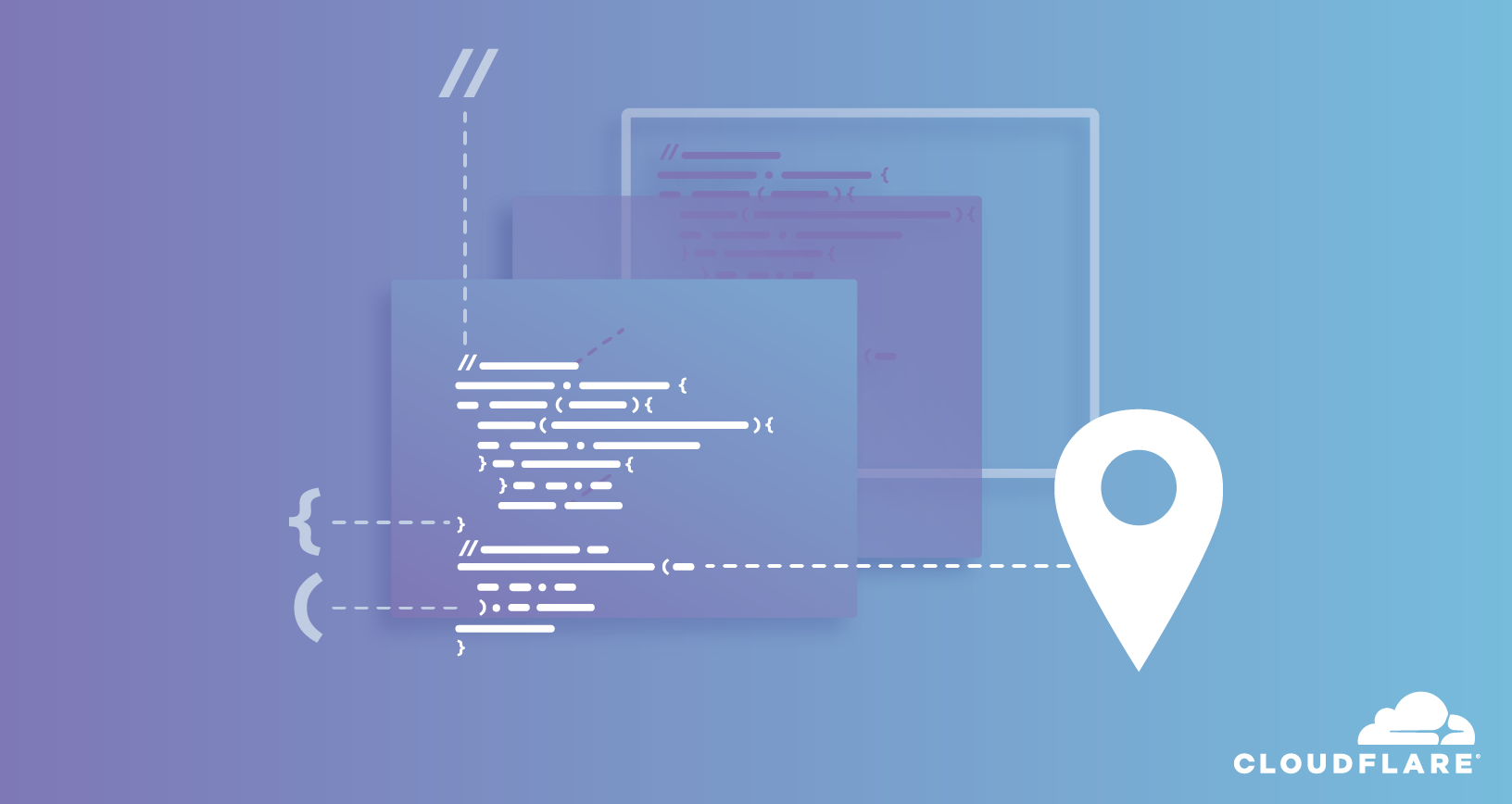
At Dollar Shave Club, we continuously look for ways to improve how we build and ship code. Improving the time it takes for engineers to ship code is key. Providing engineers with a development environment that closely mirrors production really helps.
Earlier this year, we began evaluating Cloudflare Workers as a replacement for our legacy edge routing and caching layers. Cloudflare Workers brings the power of Javascript to Cloudflare’s Edge. Developers can write and deploy Javacript that gets executed for every HTTP request that passes through Cloudflare. This capability excited us but a critical thing was missing — a way to run Worker code locally. We couldn’t find a suitable solution, so we started to build our own. Luckily, Workers uses the open Service Workers API so we had documentation to consult. Within a few weeks, Cloudworker was born.

Cloudworker is a local Cloudflare Worker runtime. With it, you can run Cloudflare Worker scripts locally (or anywhere you can run a Docker image). Our primary goal with Continue reading

This is a guest post by Ben Ross. Ben is a Berkeley PhD, serial entrepreneur, and Founder and CTO and POWr.io, where he spends his days helping small businesses grow online.
I like my code the same way I like my team of POWr Rangers… DRY.
And no, I don’t mean dull and unexciting! (If you haven’t heard this acronym before, DRY stands for Don’t Repeat Yourself, the single most important principle in software engineering. Because, as a mentor once told me, “when someone needs to re-write your code, at least they only need to do it once.”)
At POWr, being DRY is not just a way to write code, it’s a way of life. This is true whether you’re an Engineer, a Customer Support agent, or an Office Manager; if you find you’re repeating yourself, we want to find a way to automate that repetition away. Our employees’ time is our company’s most valuable resource. Not to mention, who wants to spend all day repeating themselves?
We call this process becoming a Scaled Employee. A Scaled Employee leverages their time and resources to make a multifold impact compared to an average employee in their Continue reading
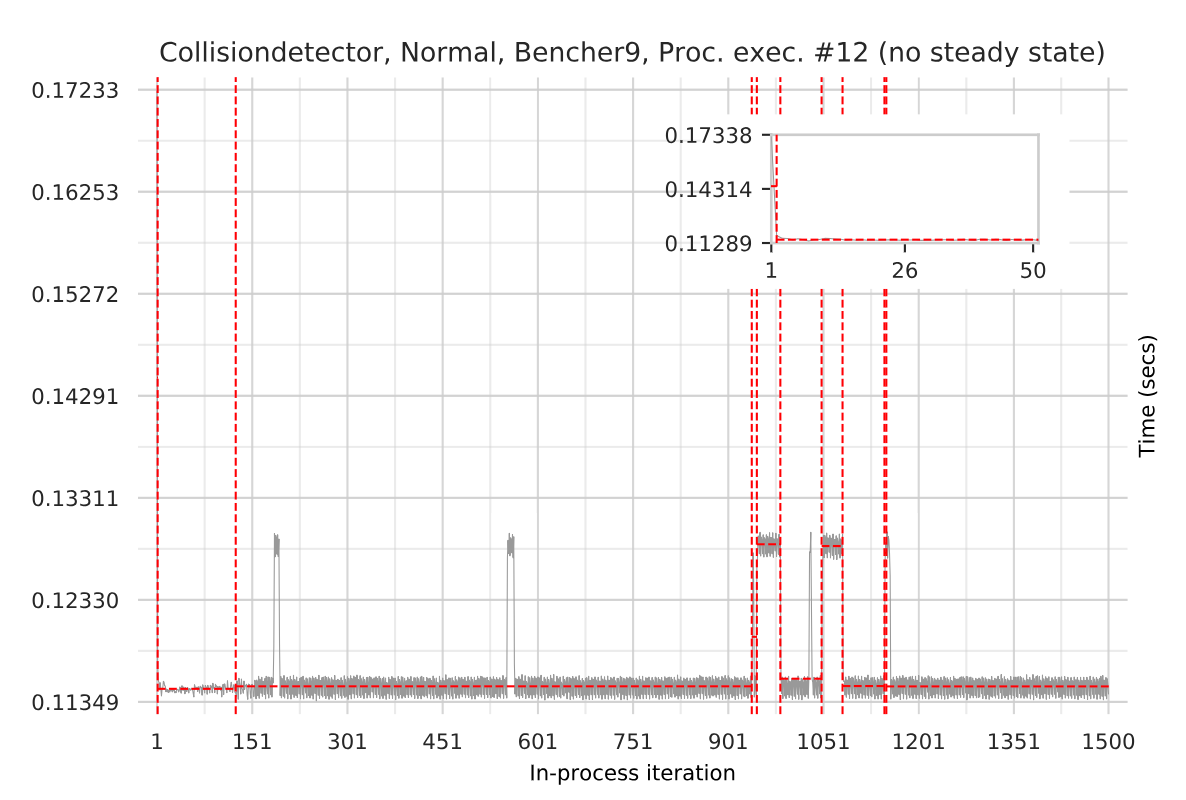
This is a guest post by Laurence Tratt, who is a programmer and Reader in Software Development in the Department of Informatics at King's College London where he leads the Software Development Team. He is also an EPSRC Fellow.
A year ago I wrote about a project that Cloudflare were funding at King's College London to help improve LuaJIT. Our twelve months is now up. How did we do?
The first thing that happened is that I was lucky to employ a LuaJIT expert, Thomas Fransham, to work on the project. His deep knowledge about LuaJIT was crucial to getting things up and running – 12 months might sound like a long time, but it soon whizzes by!
The second thing that happened was that we realised that the current state of Lua benchmarking was not good enough for anyone to reliably tell if they'd improved LuaJIT performance or not. Different Lua implementations had different benchmark suites, mostly on the small side, and not easily compared. Although it wasn't part of our original plan, we thus put a lot of effort into creating a larger benchmark suite. This sounds like a trivial job, but it isn't. Many programs make Continue reading


The following is a guest post from Manuel Meurer, Berlin based web developer, entrepreneur, and Ruby on Rails enthusiast. In 2010, he founded Kraut Computing as a one-man web dev shop and launched Uplink, a network for IT experts in Germany, in 2015.
RubyDocs is an open-source service that generates and hosts “fancy docs for any Ruby project”, most notably for the Ruby language itself and for Rails, the most popular Ruby framework. The nifty thing about it is that the docs can be generated for any version of a project — so let’s say you’re working on an old Rails app that still uses version 3.2.22 (released June 16, 2015), then you can really benefit from having access to the docs of that specific version, since a lot of the methods, classes, and concepts of the current Rails version (5.2.1 at the time of writing) don’t exist in that old version.
I built RubyDocs back in 2013 to scratch my own itch — a few similar services that I had used over the years had disappeared or hadn’t been regularly updated. After the initial work to get RubyDocs up and running, I continued Continue reading

The following is a guest post by Jacob Hands, Creator of FactorioMaps.com. He is building a community site for the game Factorio centered around sharing user creations.
Factorio is a game about building and maintaining factories. Players mine resources, research new technology and automate production. Resources move along the production line through multiple means of transportation such as belts and trains. Once production starts getting up to speed, alien bugs start to attack the factory requiring strong defenses.



At FactorioMaps.com, I am building a place for the community of Factorio players to share their factories as interactive Leaflet maps. Due to the size and detail of the game, it can be difficult to share an entire factory through a few screenshots. A Leaflet map provides a Google Maps-like experience allowing viewers to pan and zoom throughout the map almost as if they are playing the game.
Leaflet maps contain thousands of small images for X/Y/Z coordinates. Amazon S3 and Google Cloud Storage are Continue reading
The following is a guest post by Jayaprabhakar Kadarkarai, Developer of Codiva.io, an Online IDE used by computer science students across the world. He works full stack to deliver low latency and scalable web applications.
Have you launched your website? Getting a lot of traffic? And you are planning to add more servers? You’ll need load balancing to maintain the scalability and reliability of your website. Cloudflare offers powerful Load Balancing, but there are situations where off-the-shelf options can’t satisfy your specific needs. For those situations, you can write your own Cloudflare Worker.
In this post, we’ll learn about load balancers and how to set them up at a low cost with Cloudflare Service Workers.
This post assumes you have a basic understanding of JavaScript, as that’s the language used to write a Cloudflare Worker.
The basic pattern starts with adding ‘fetch’ event listener to intercept the requests. You can configure which requests to intercept on the Cloudflare dashboard or using the Cloudflare API.
Then, modify the hostname of the URL and send the request to the new host.
addEventListener('fetch', event => {
var url = new URL(event.request.url);
// https://example.com/path/ Continue reading
The following is a guest post by Janusz Jezowicz, CEO of Speedchecker. The Speedchecker team runs a global distributed measurement network and offer speed test solutions using the Cloudflare platform.
Software companies contemplating offering a public API to 3rd party developers have many options to choose from for how to offer their API securely with high reliability and with fast performance. When it comes to cost though, commercial solutions are expensive and open-source solutions require a lot of time managing servers and the synchronization between them. This blog post describes how we successfully moved our API gateway to Cloudflare Workers and slashed our costs by a factor of 10.
When we built our measurement network API for cost reasons we opted for open-source solution Kong. Kong is a great solution which has a vibrant community of users and plug-in developers who extend and maintain the platform. Kong is a good alternative to commercial solutions from companies such as Apigee or Mulesoft whose solutions are really catering for larger businesses who can afford them. Kong is free and it works. On the other hand, if your business has complex needs Continue reading